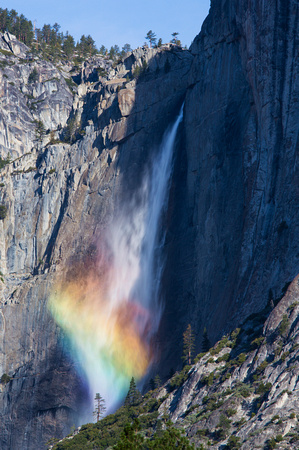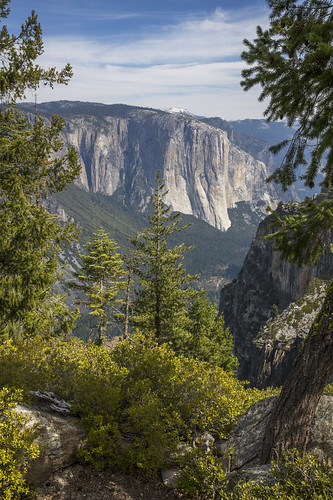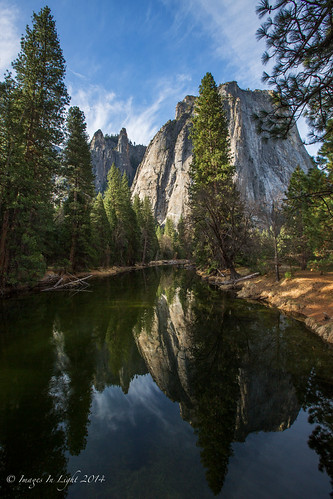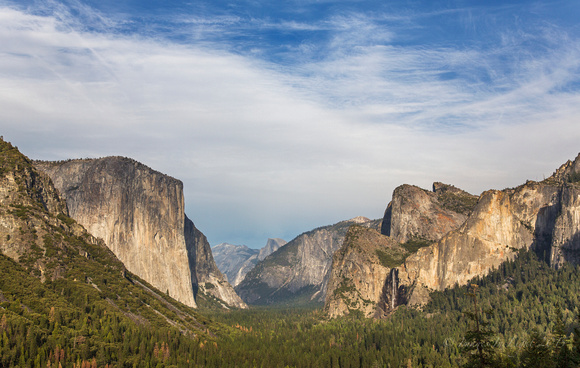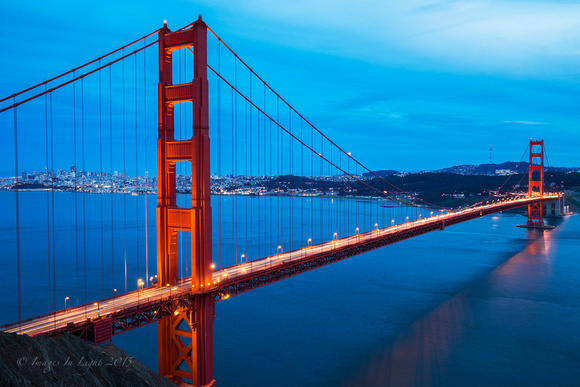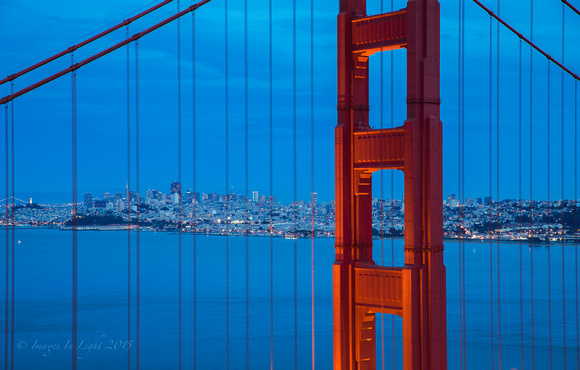From Canon Asia
Conceptual Diagram of Low-Pass Filter Effect Cancellation
5DS manual is
here at Canon Europe
On
the EOS 5DS R, the image of the subject is first separated in the
vertical direction by Low-pass Filter 1, after which the separated
images are merged again at Low-pass Filter 2. In the case of the EOS
5DS, the subject image is separated in the horizontal direction by
Low-pass Filter 1, and in the vertical direction by Low-pass Filter 2.
A
newly-developed full-frame CMOS sensor is employed on both models, but
they vary significantly in the structure of the low-pass filter that is
located immediately in front of the image sensor. As with the other EOS
models, the EOS 5DS prevents false colours and moiré effect from
occurring by separating the subject image using the low-pass filter
effect. In contrast, the EOS 5DS R separates the subject image with the
low-pass filter, but merges them again using a technology uniquely
developed by Canon. Doing so successfully cancels the low-pass filter
effect to achieve an apparent resolution that is similar to that when a
low-pass filter is not used. Other than the optical LPF feature, the EOS
5DS R and the EOS 5DS are basically twins with no difference in their
functions and mechanism. Various measures have also been introduced on
both the hardware and software of the two models to address camera
shake, an issue that may become more pronounced with a high pixel count
that exceeds 50 megapixels. In the following, let us take a look at
these two cameras with “super high” image quality.
Shutter time lag can be set manually
Unlike
conventional models, the shutter time lag after the mirror is locked up
can be set manually. By selecting an interval setting, both the mirror
lockup and shutter release operations can be performed successively with
a single press of the shutter button, thus helping to reduce camera
shake.
both beneficial to getting ultra sharp images. I am keeping a close eye on this camera, I have not yet decided if I will pull the trigger on it, or a new lense. I will keep you posted when news and reviews become available.
Ross

